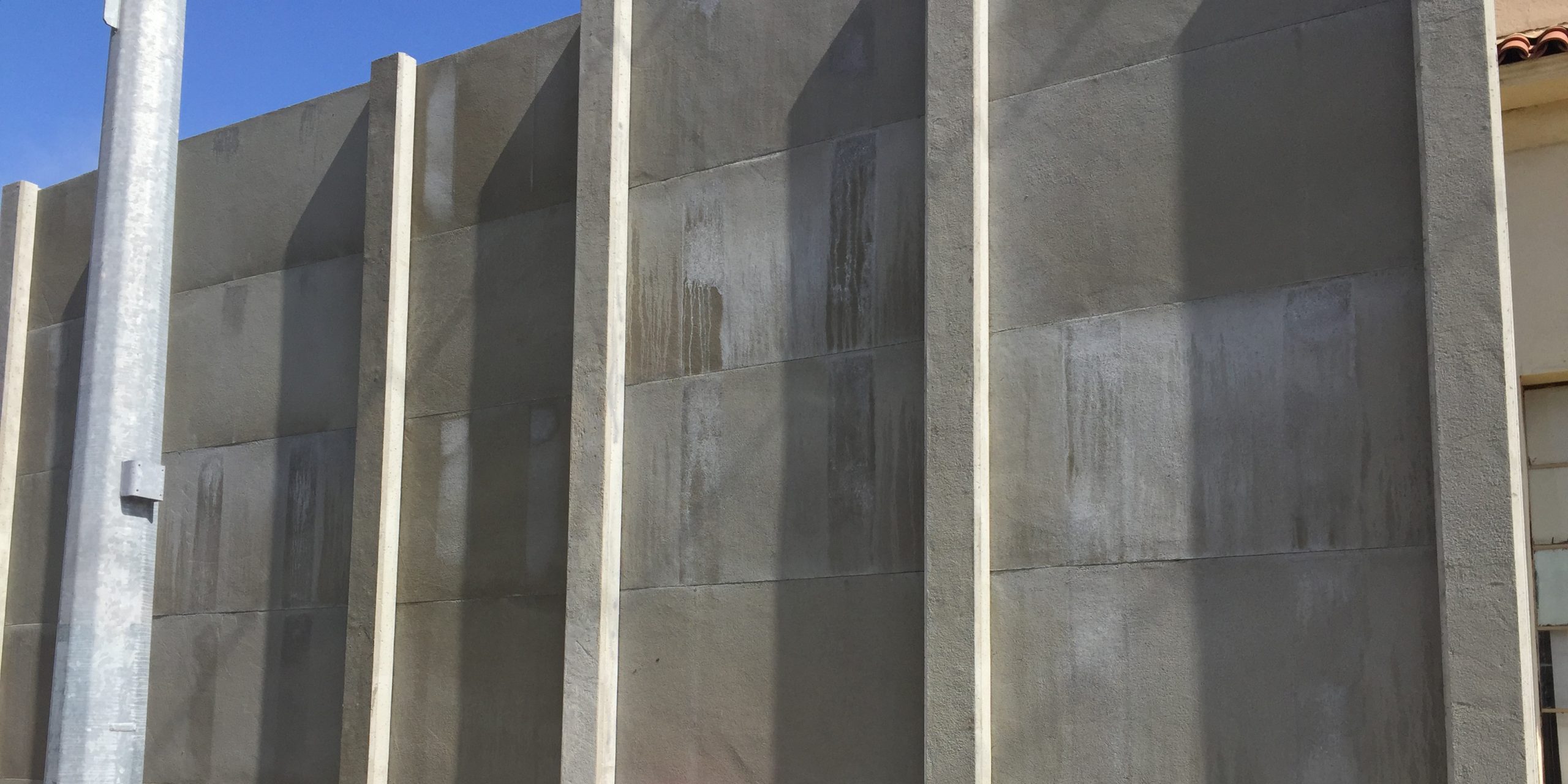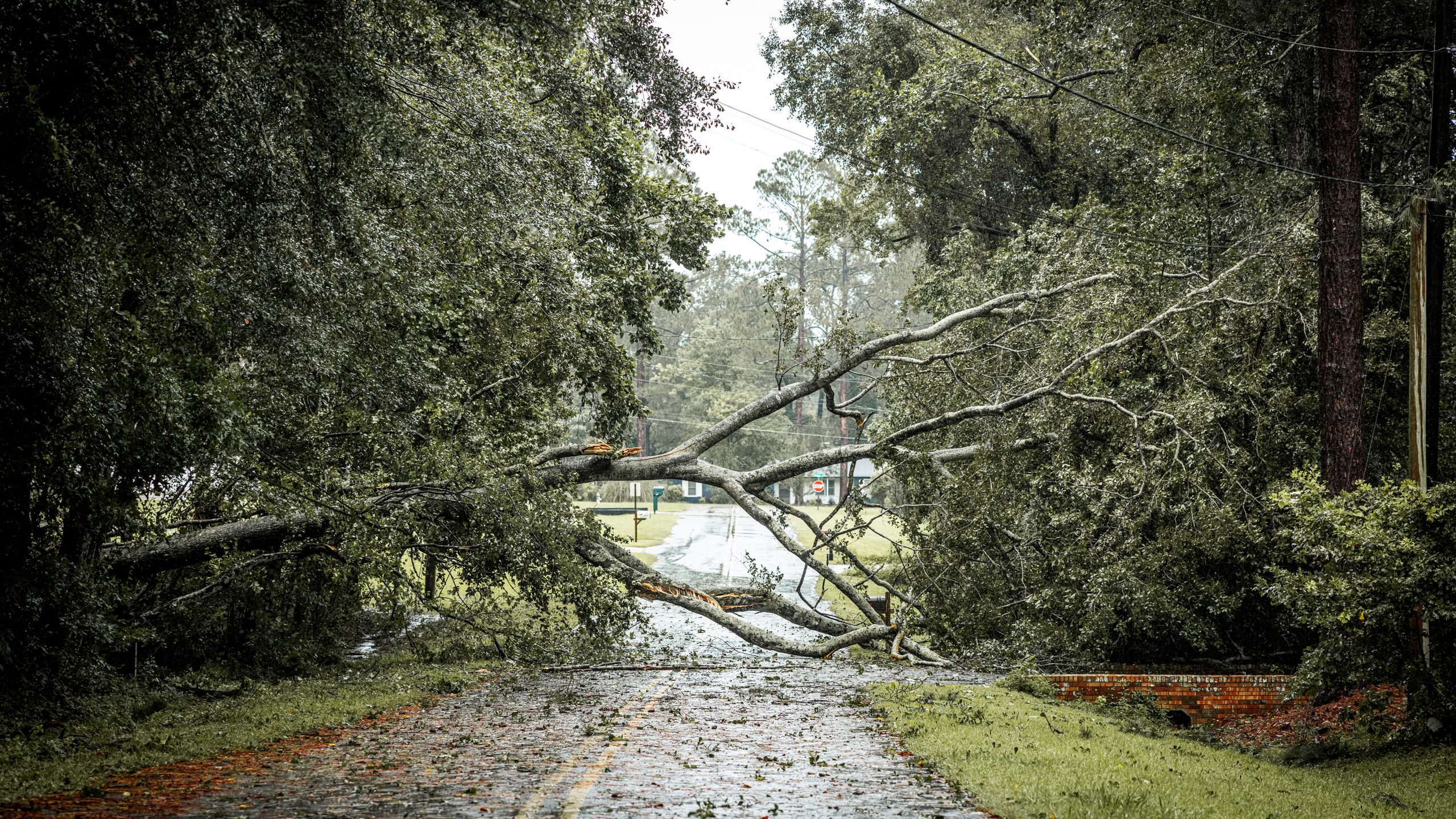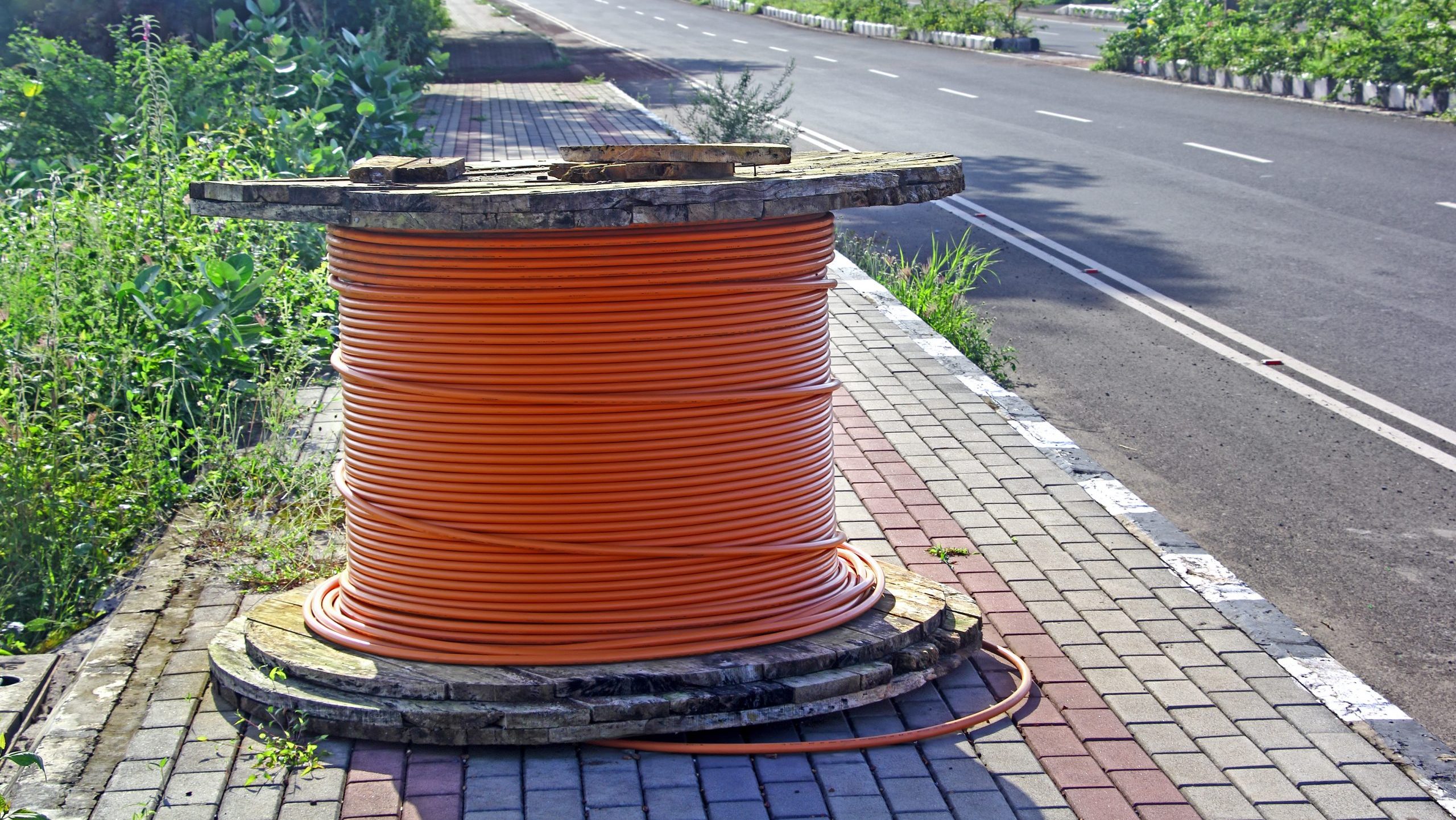January 2, 2025
Defender Walls: The Backbone of Substation Physical Security

As energy consumption rises due to factors like population migration, the proliferation of data centers, and the surge in electric vehicles (EVs), the urgency to protect critical infrastructure has intensified. This heightened demand has led to long lead times for essential equipment, such as transformers, making it vital to safeguard these valuable assets.
Escalating Physical Threats to Substations
Electrical substations, integral to the nation’s power grid, are facing a troubling surge in physical threats. Recent reports indicate a staggering 79% rise in threats against the U.S. power grid within a single year, encompassing domestic political terrorism, eco-terrorism, and copper theft. The financial impact of these incidents can be substantial; for instance, an attempted copper theft in 2023 at a Pennsylvania substation resulted in $800,000 in damages to a transformer.
Substations are inherently vulnerable due to their locations and designs. In 2022, incidents of physical attacks increased with several high-profile ballistic attacks reported in states like Washington, Oregon, and North Carolina. These incidents underscore the growing perception of substations as soft targets for malicious actors.
The Rising Threat of Copper Theft
The motivation behind many thefts is closely linked to the fluctuating price of copper, which has reached historic highs. This trend incentivizes thieves and has made copper theft a prevalent issue across the country. The repercussions extend beyond financial losses, extending to supply disruption as well as significant safety risks to those unauthorized individuals who trespass into high-voltage areas.
Multi-Layered Security Approaches
According to the Cybersecurity and Infrastructure Security Agency (CISA), a multi-layered approach to physical security is essential for safeguarding electrical infrastructure. The first line of defense begins with deterrence, featuring the installation of Defender Walls. Walls such as this provide ballistic and line of sight protection as physical barrier to enhance the overall security posture of substations.
In addition to the initial barrier provided by Defender Walls, further security measures can be incorporated. Surveillance cameras, access gates, motion sensors, and adequate lighting can be strategically deployed around these walls. This layered approach maximizes the effectiveness of security investments, enabling facilities to concentrate resources on protecting their most critical assets from potential ballistic attacks and other threats.
Broader Implications of Rising Threats
The implications of escalating physical threats to the energy grid are far-reaching. As the EV market and data centers continue to expand, the demand for reliable energy supply intensifies, exacerbating the long lead times for essential equipment like transformers. Simultaneously, the increasing rate of physical attacks, alongside the rising price of copper, creates a risk-laden environment.
Defender Walls are vital component of the entire approach to the security of substations and related facilities. By acting as a physical barrier against trespassing, theft, and attacks, these walls form a crucial part of a comprehensive security strategy. As threats to the energy grid continue to grow, investing in robust physical security measures like Defender Walls is not just prudent—it is imperative for ensuring the safety and reliability of the nation’s energy infrastructure.



